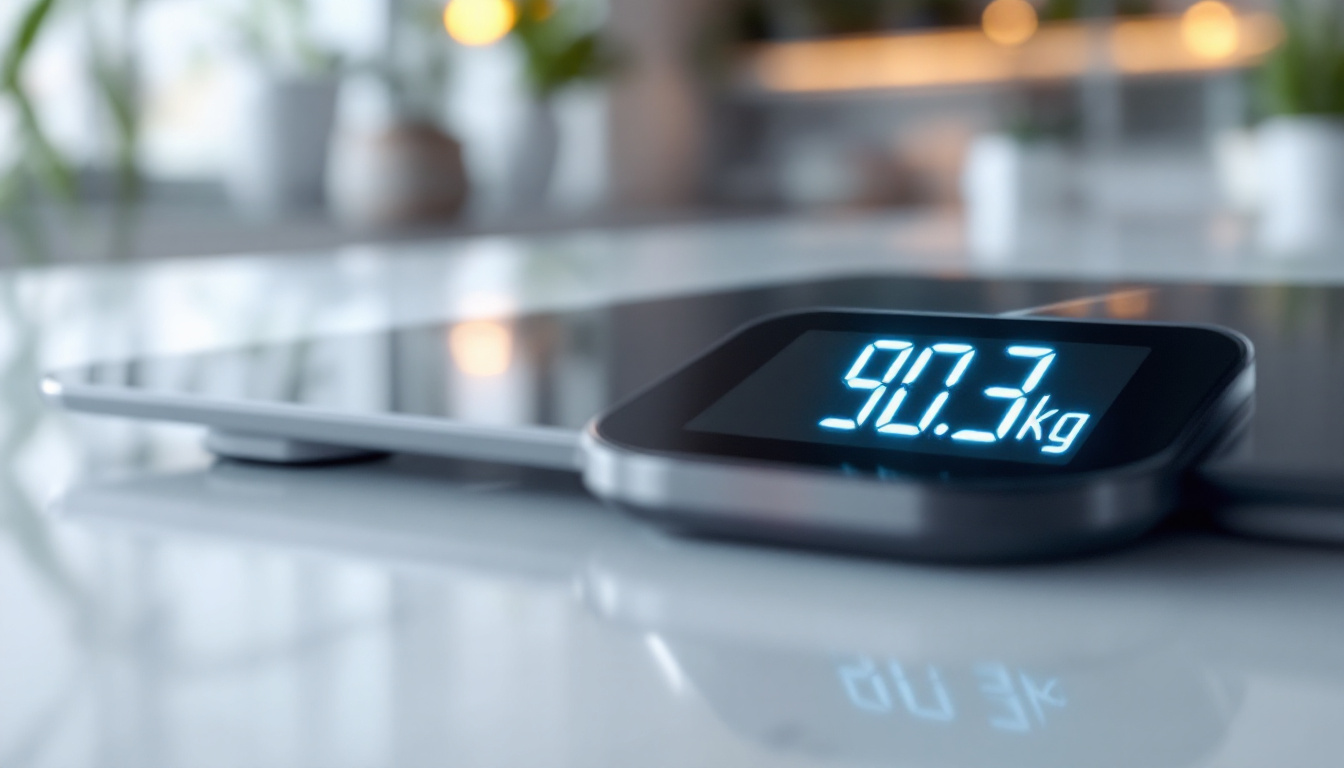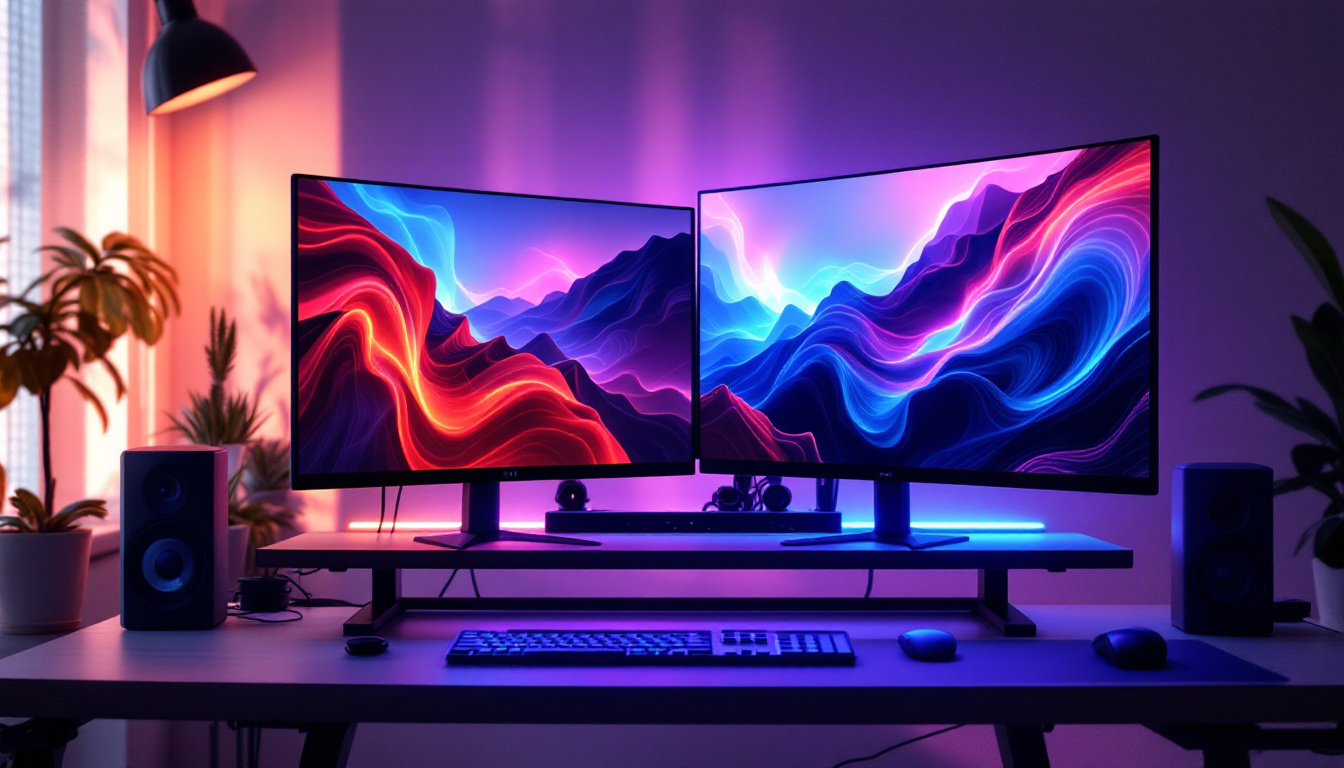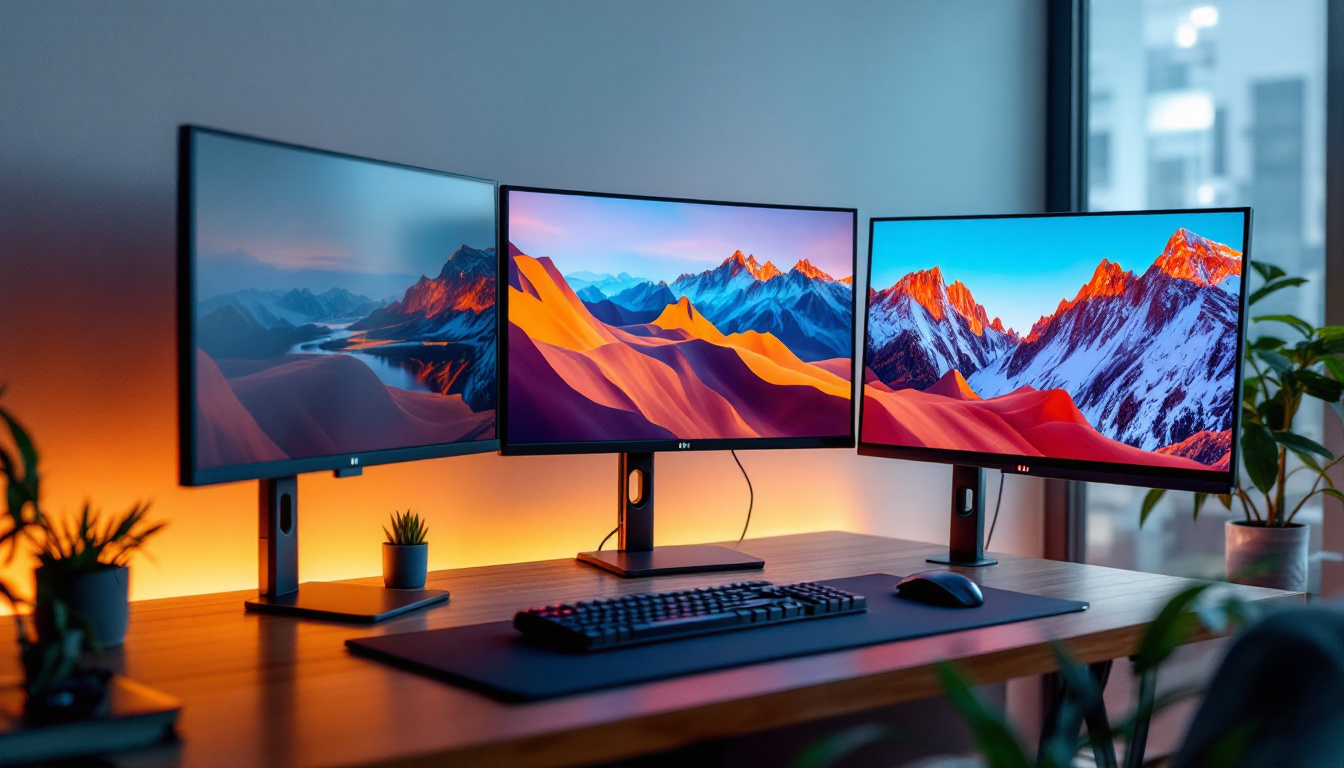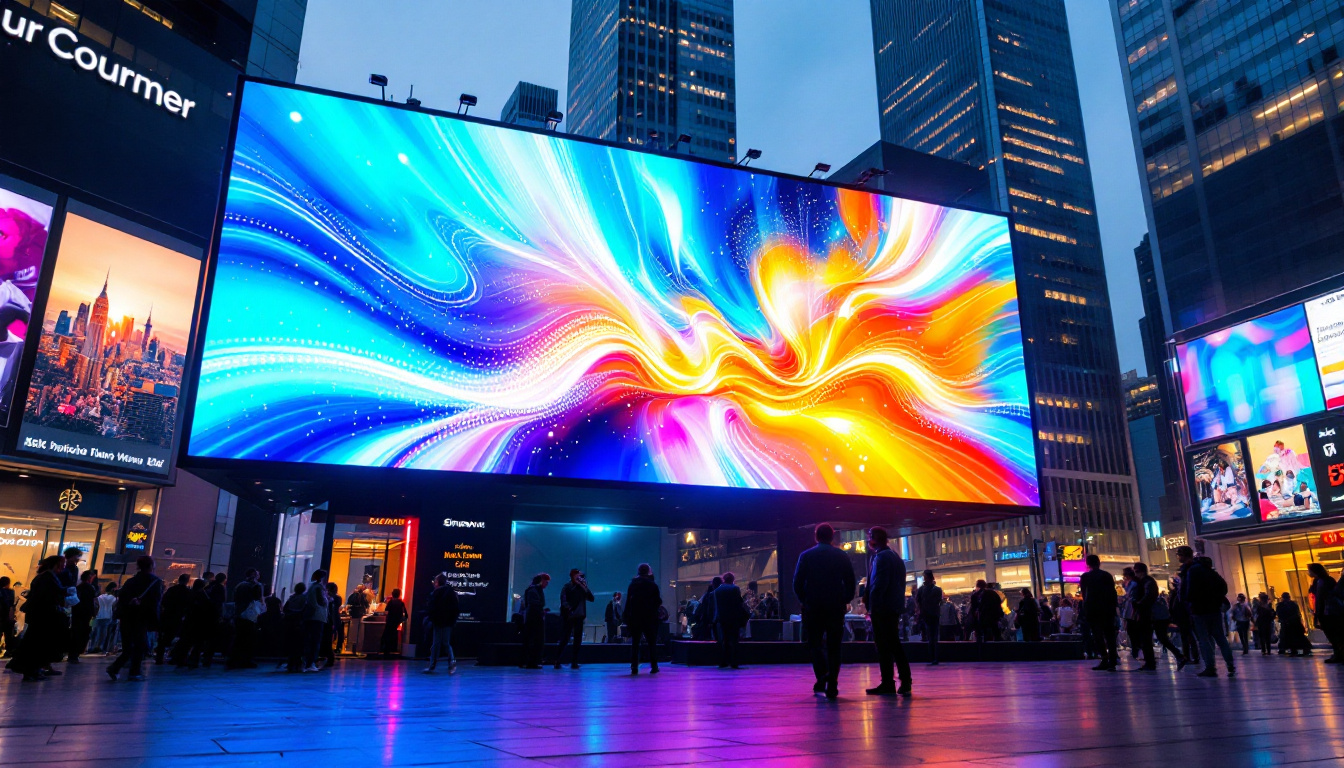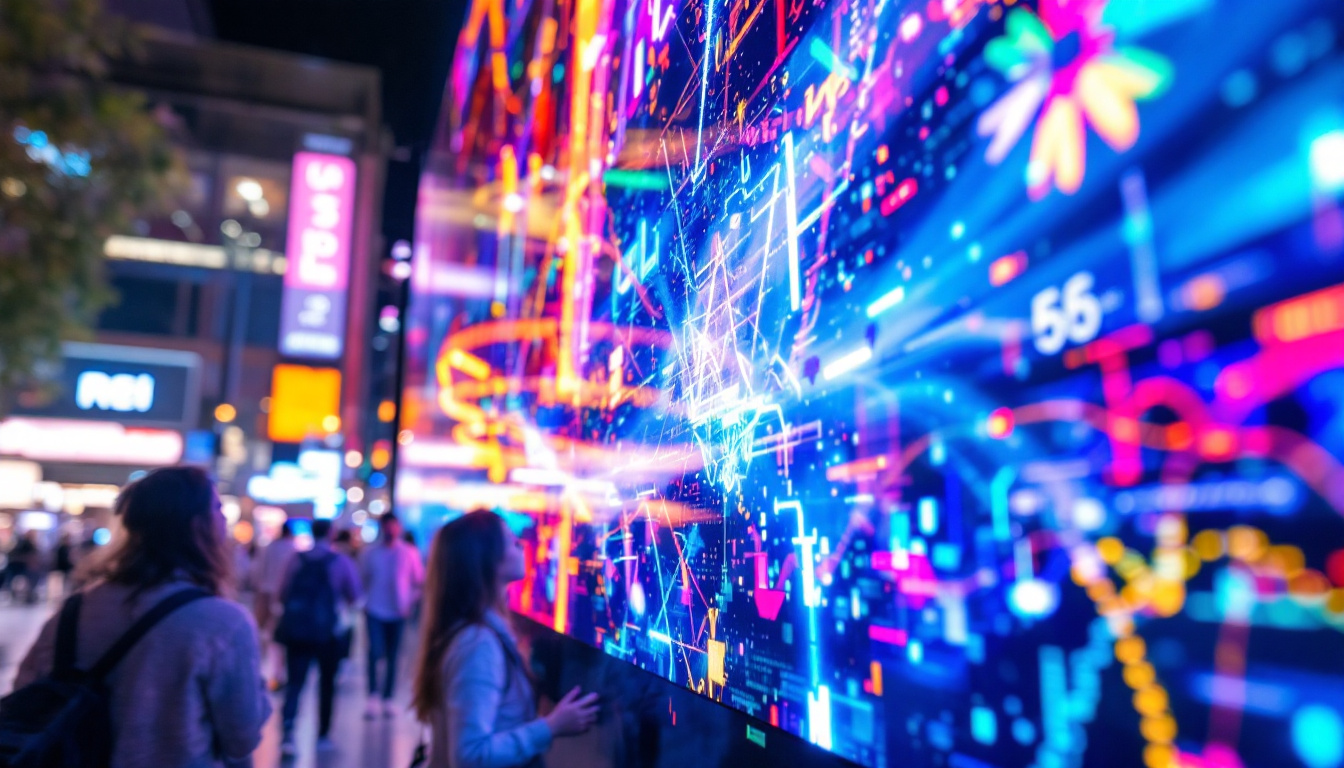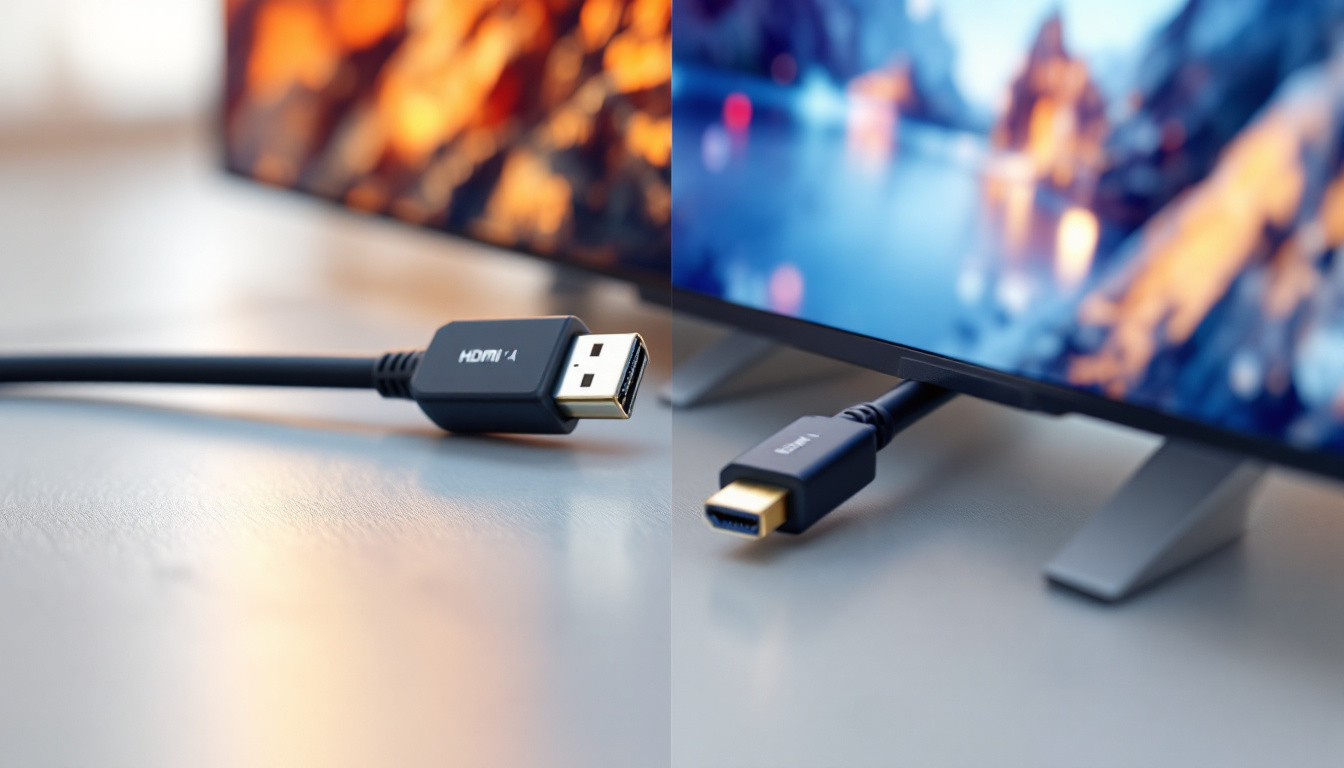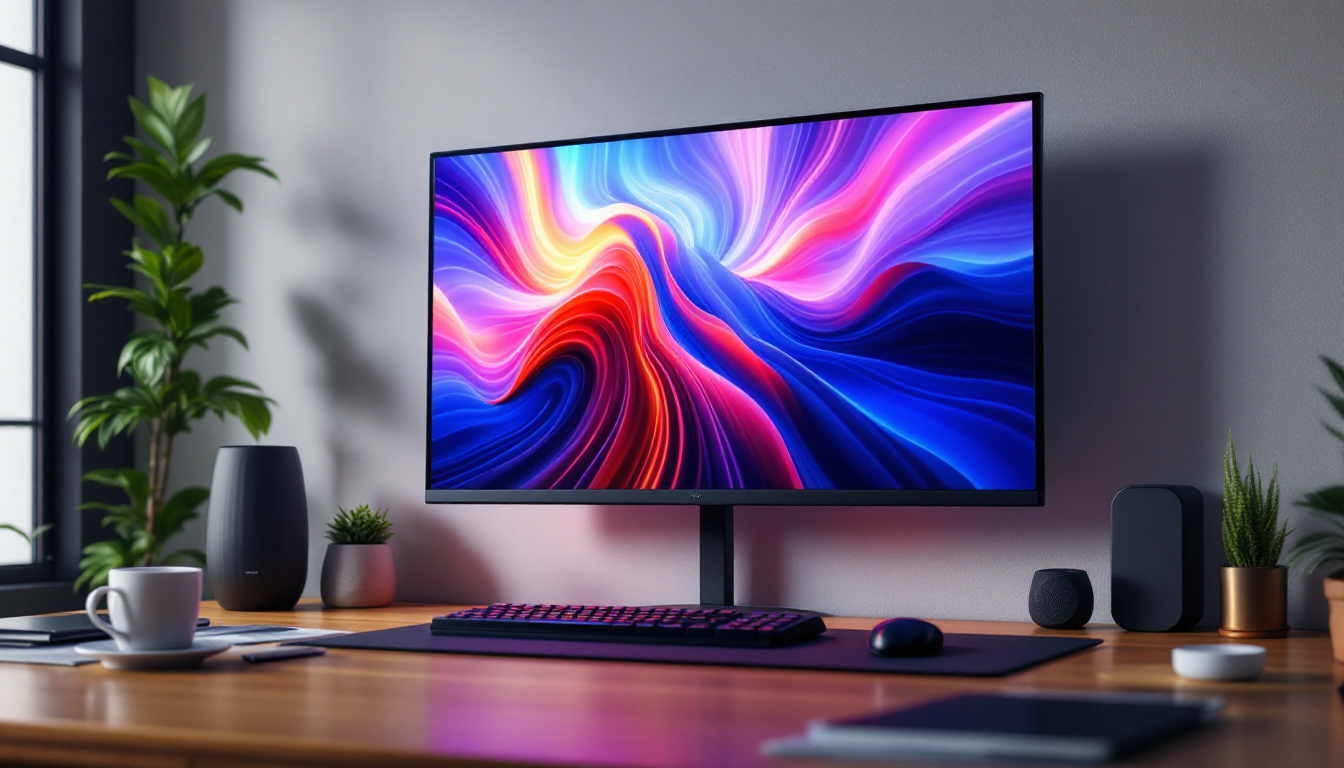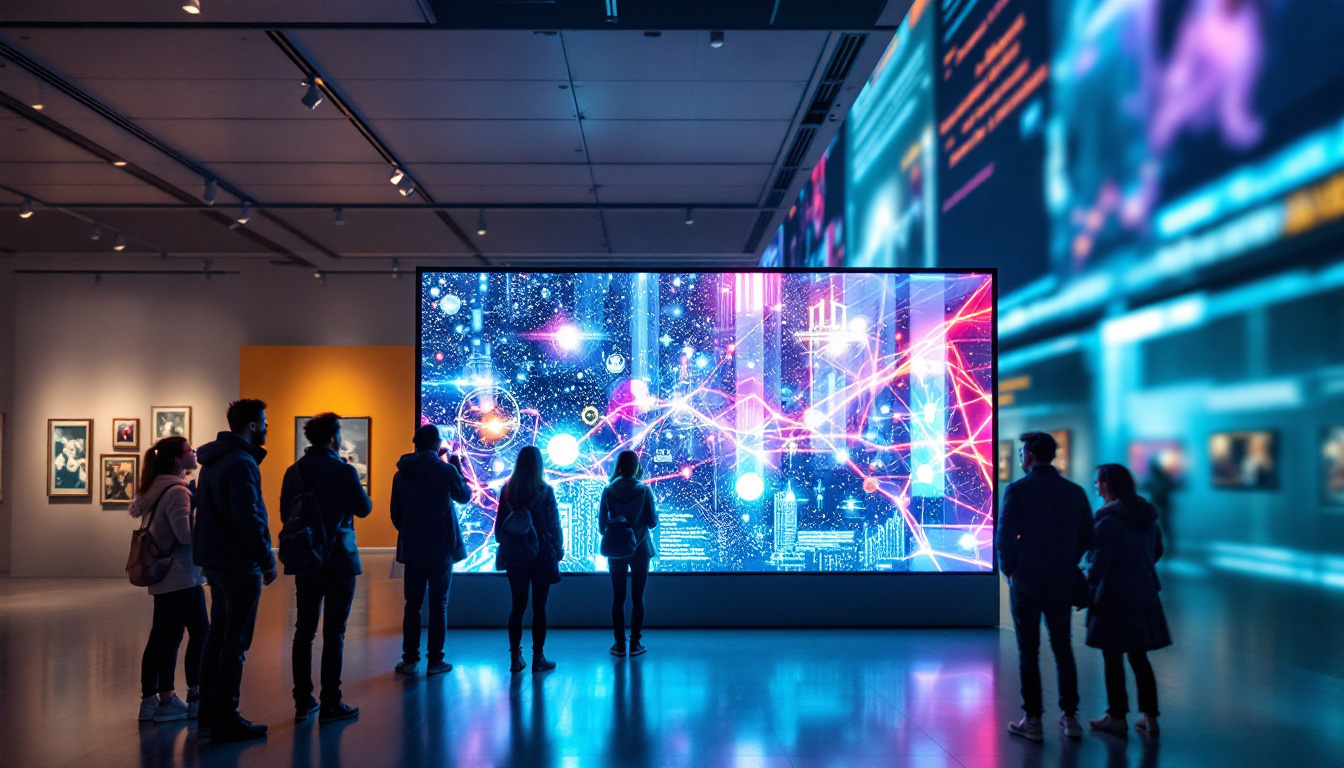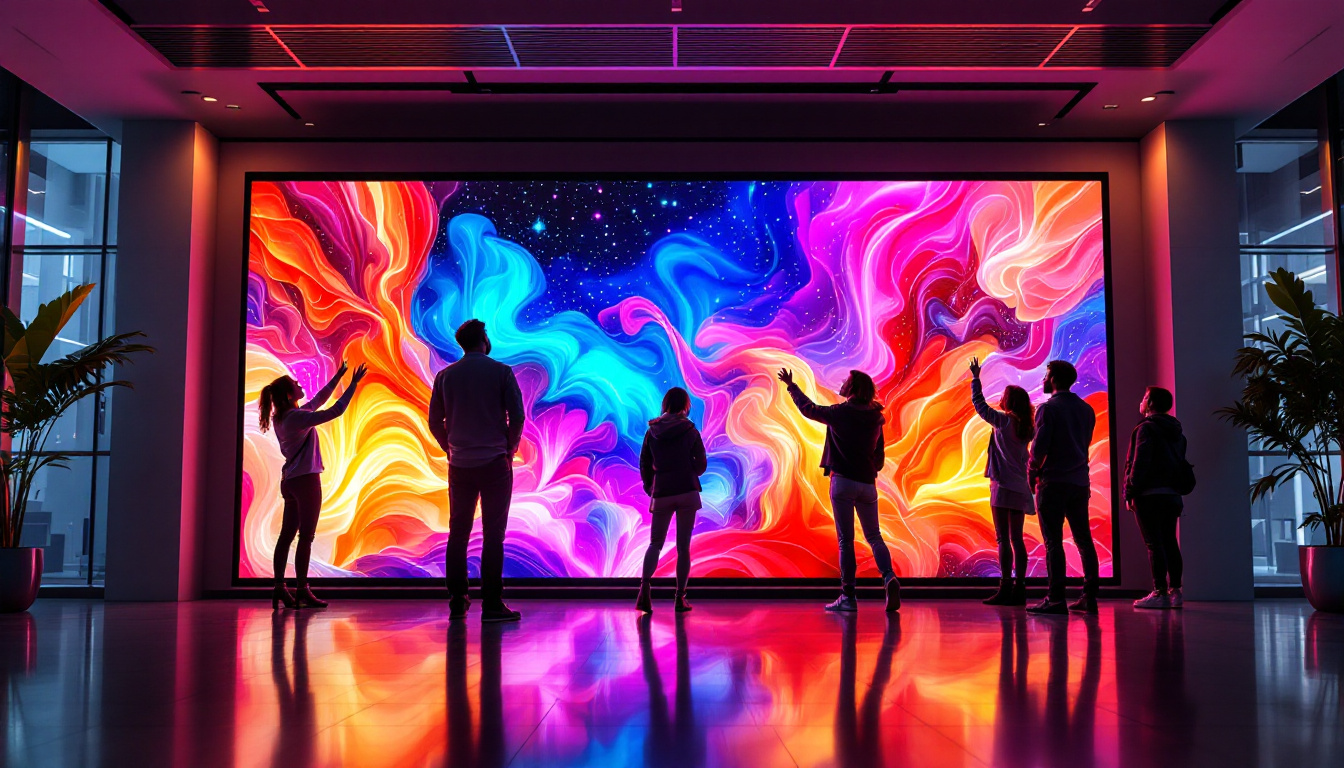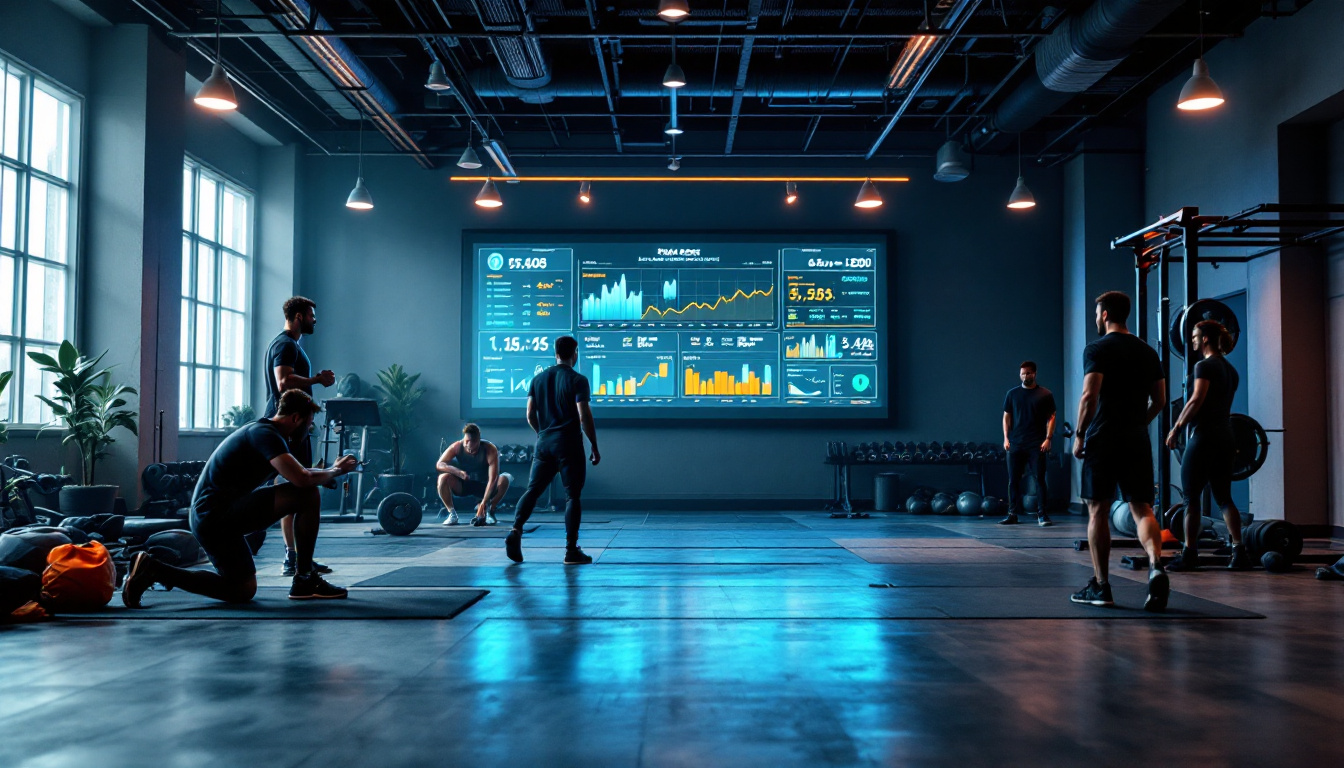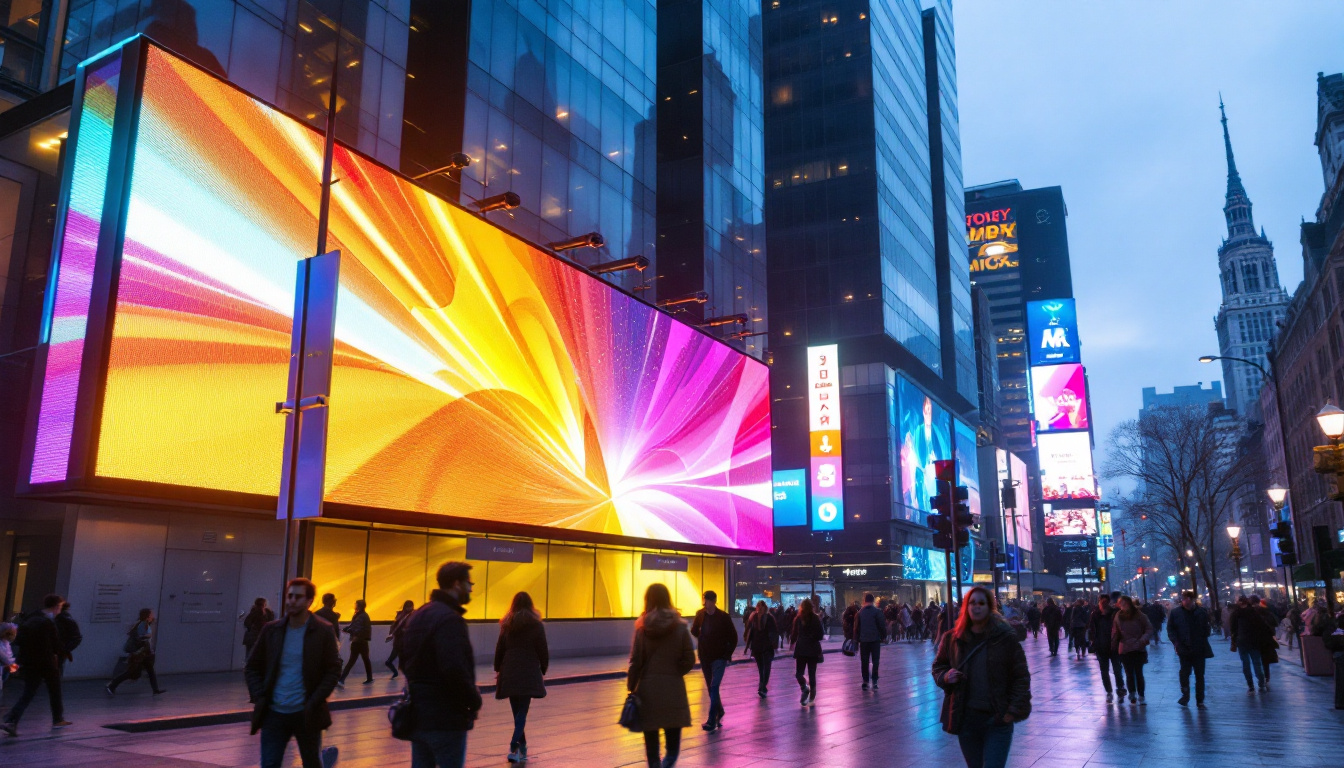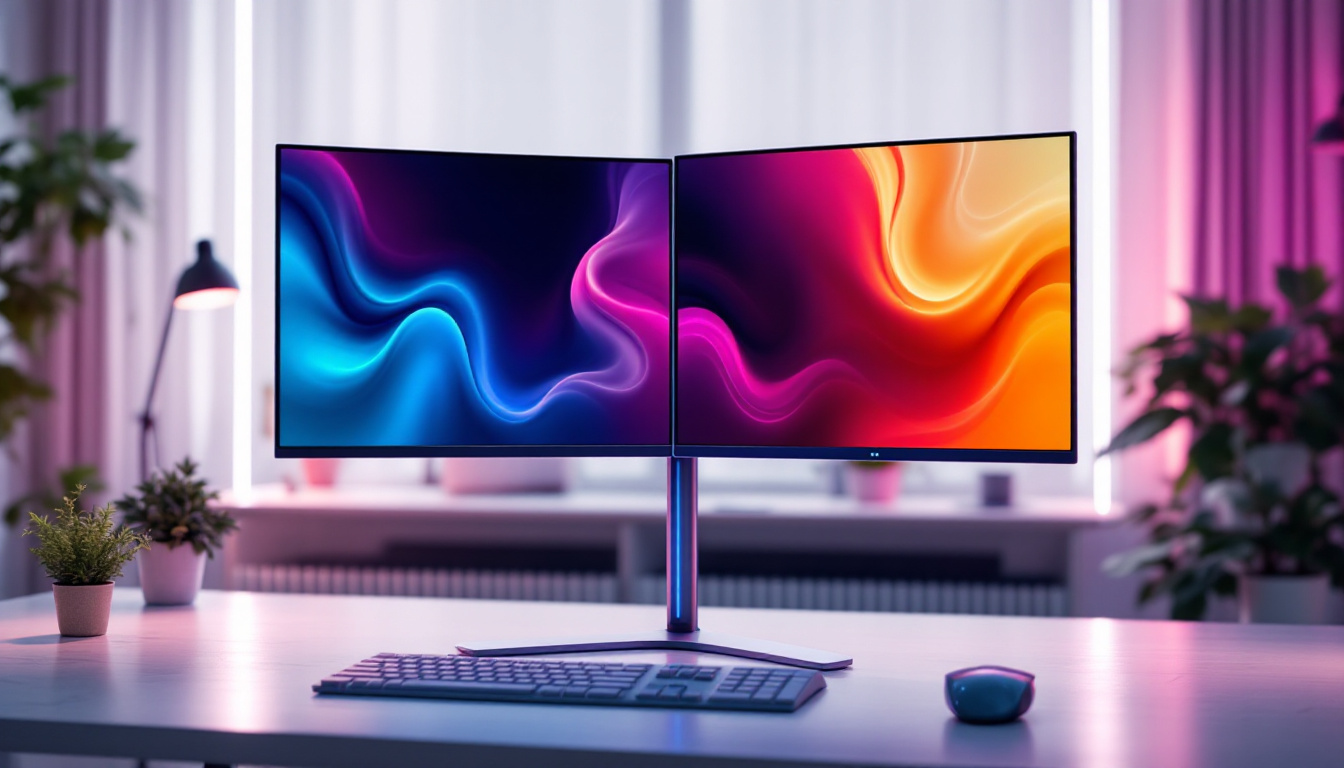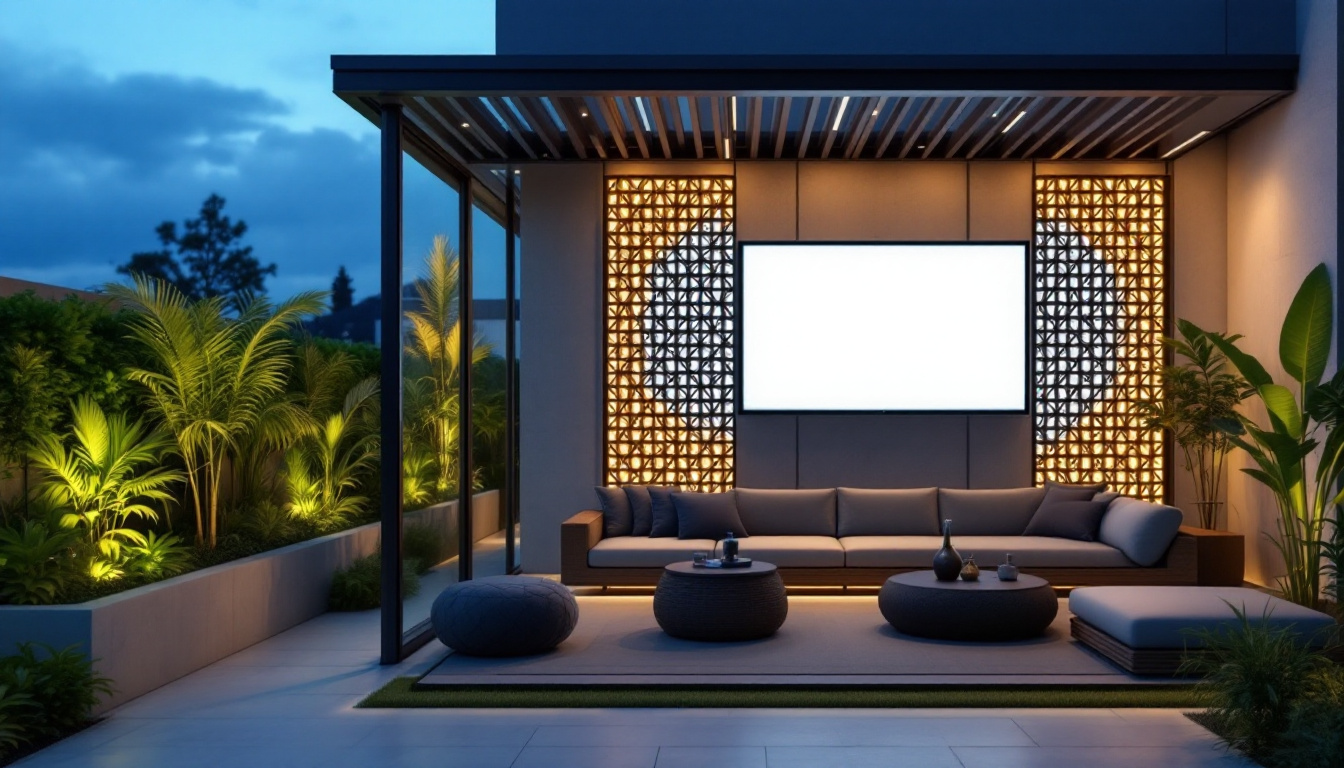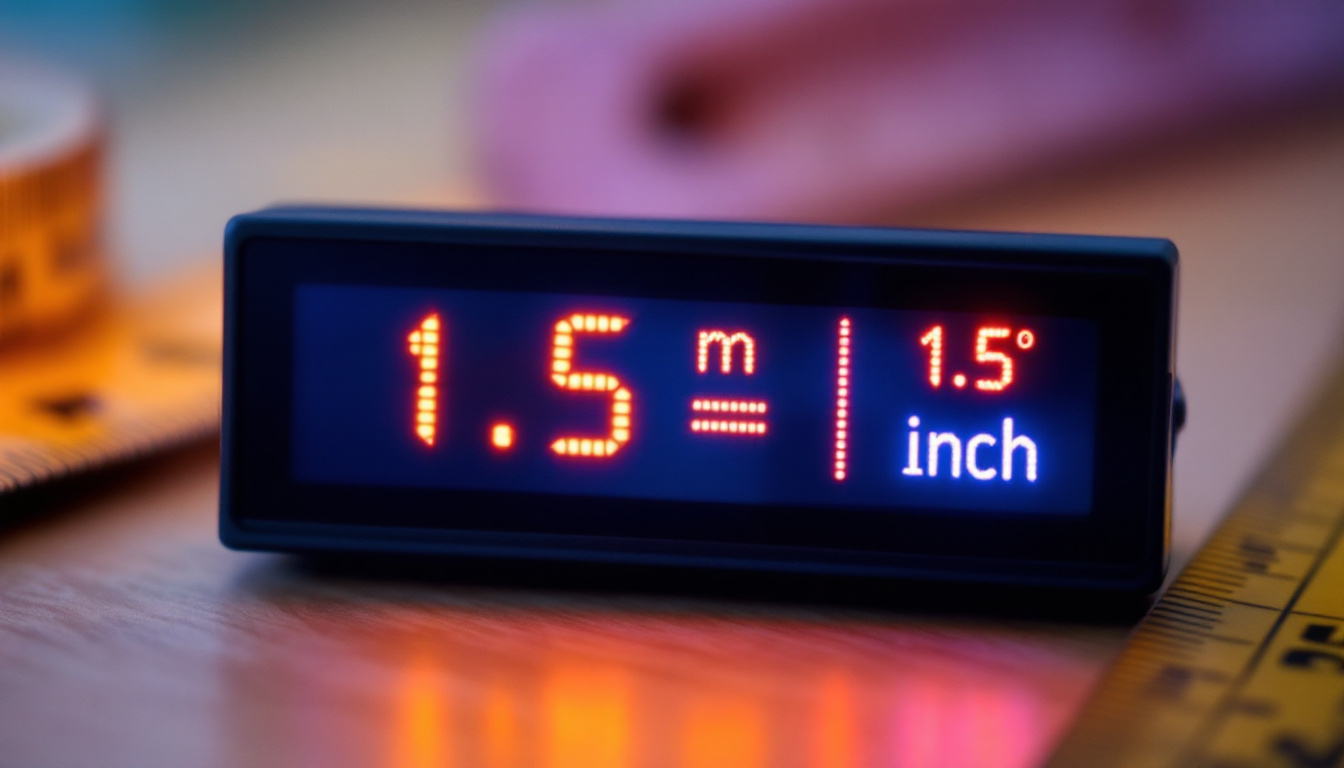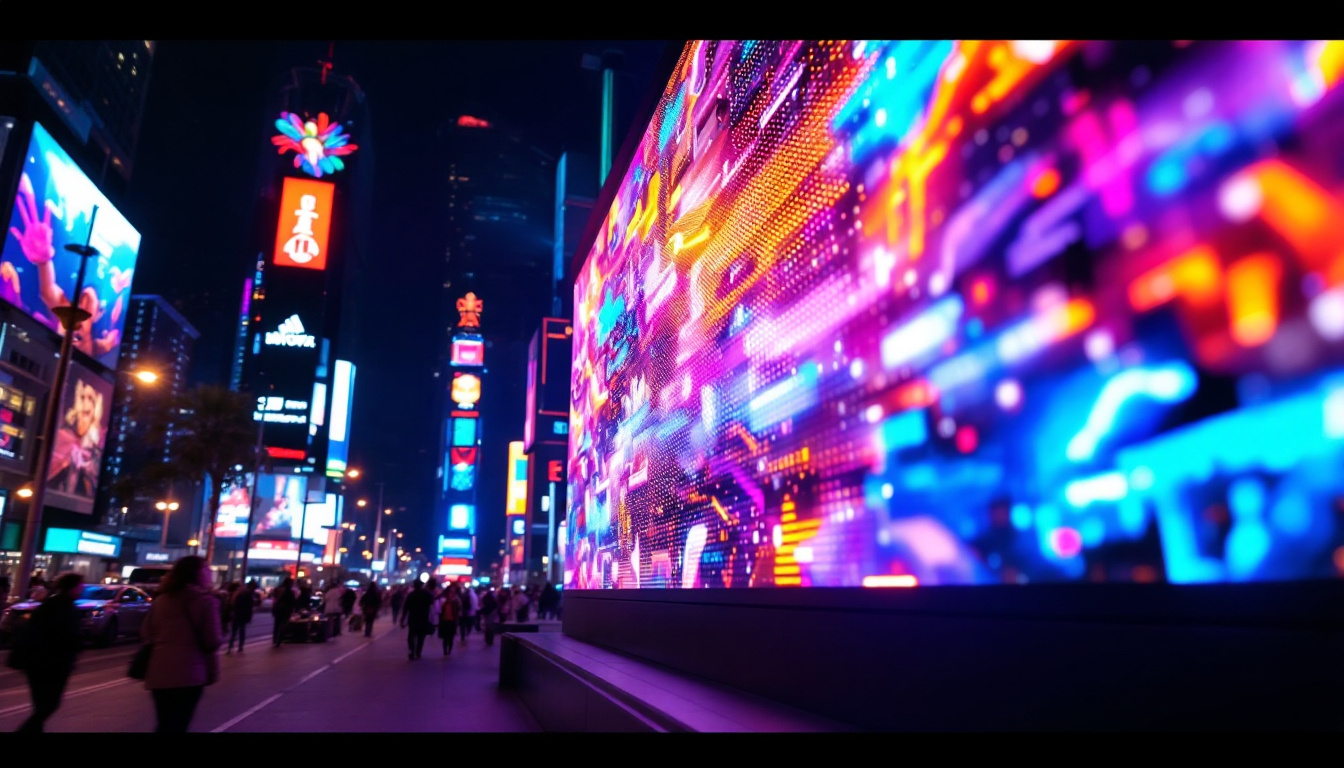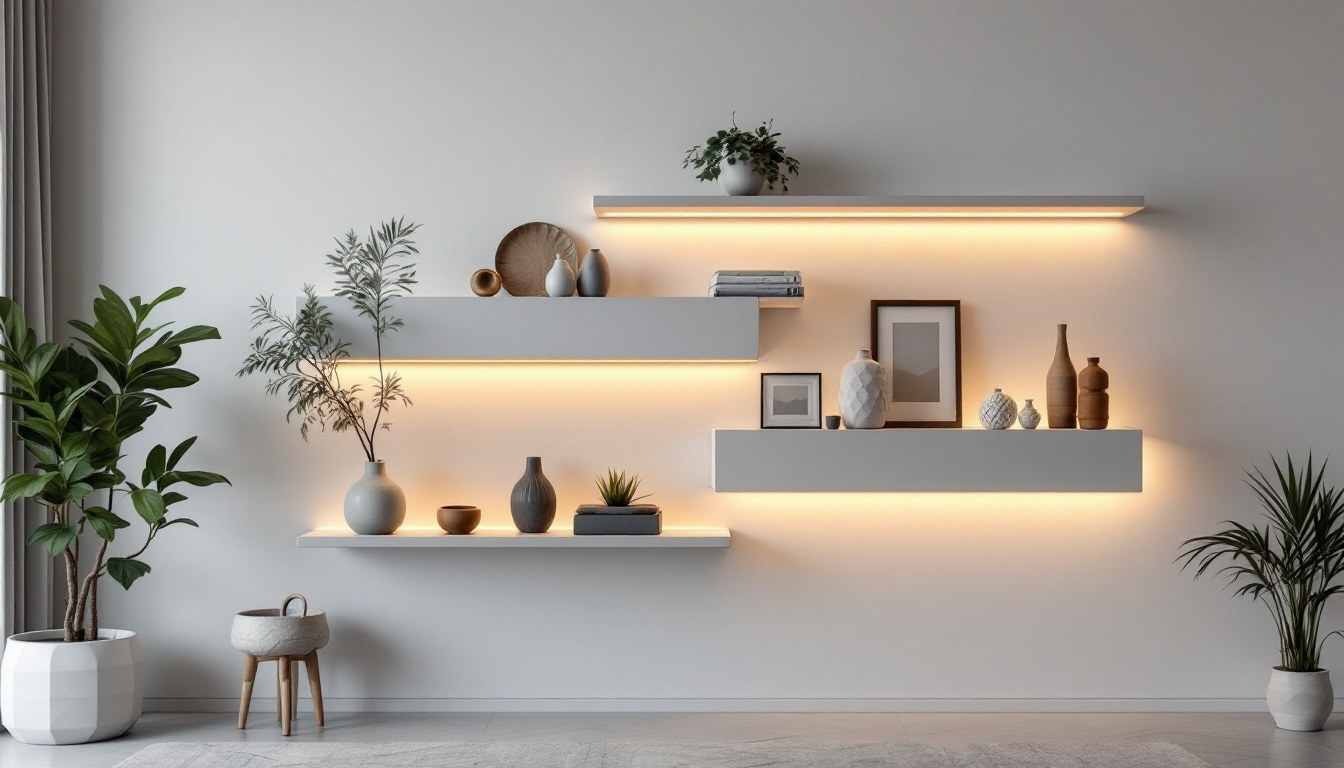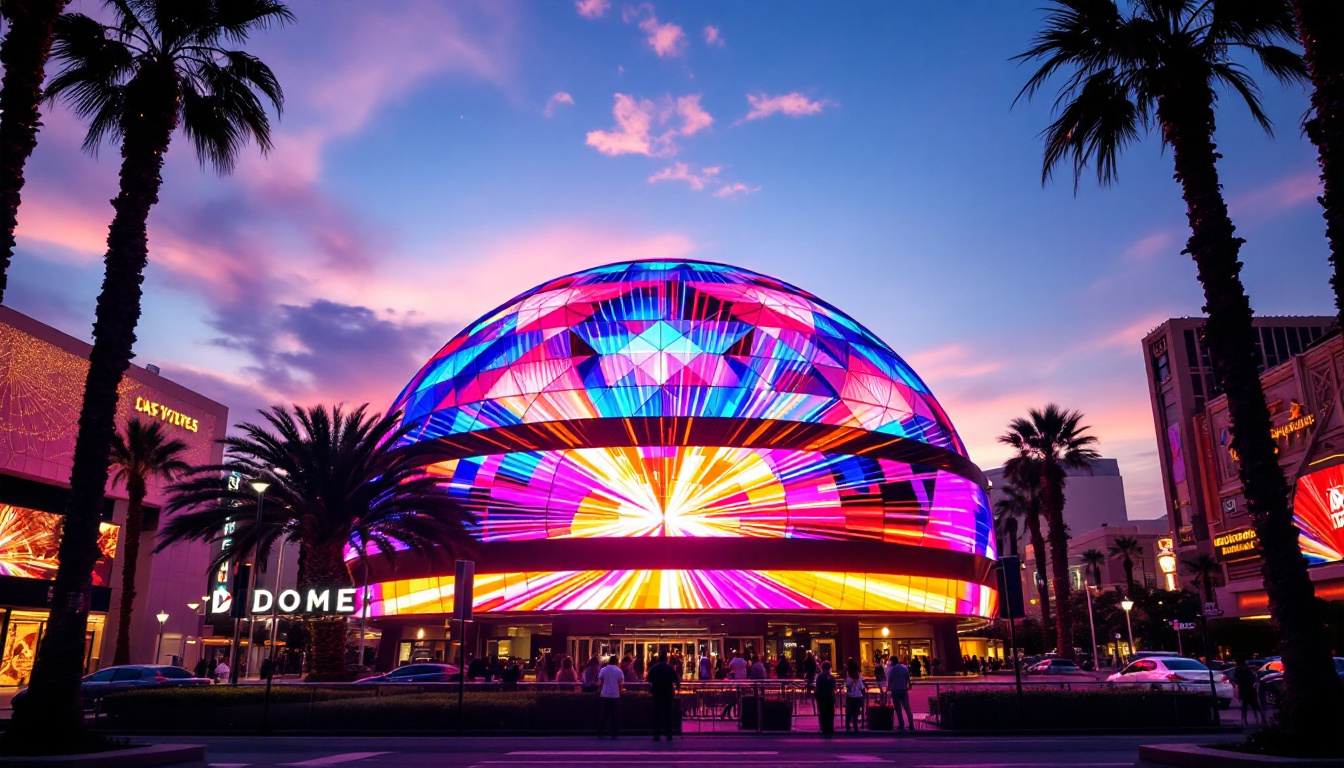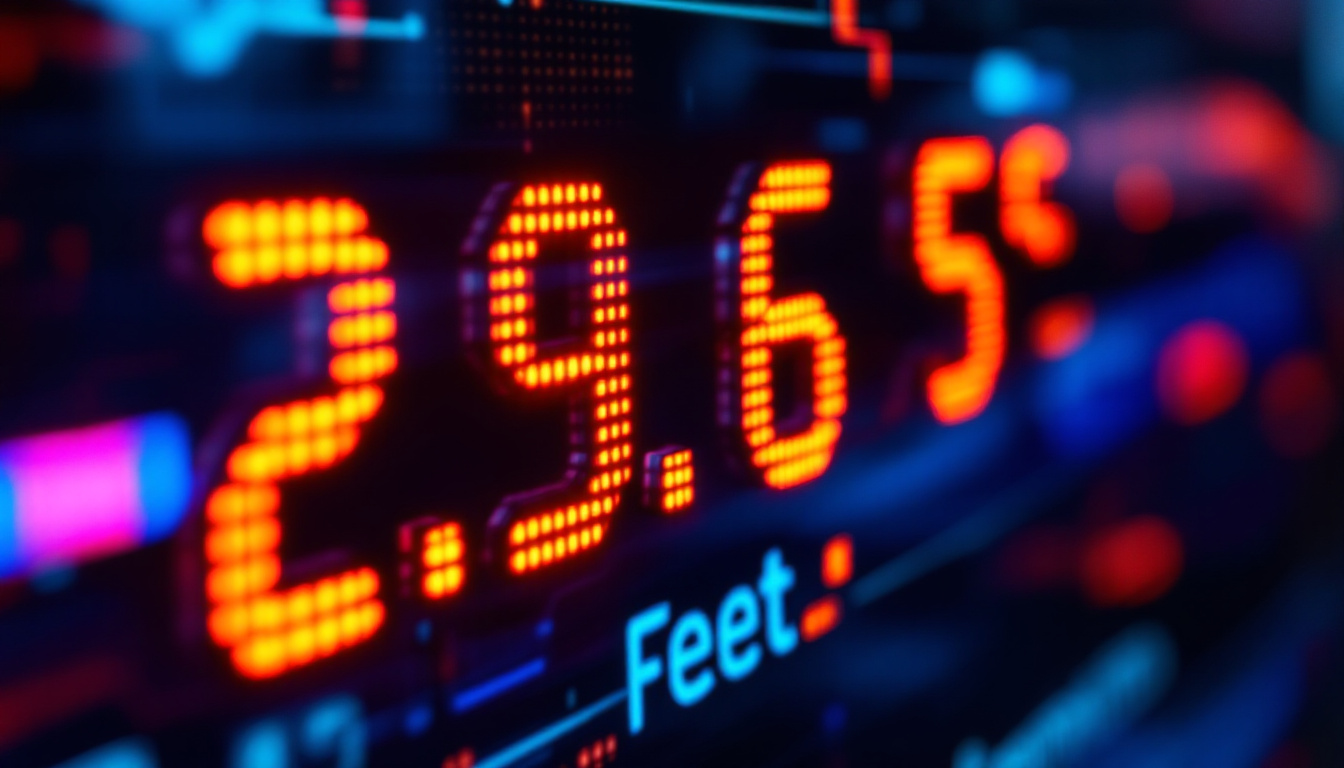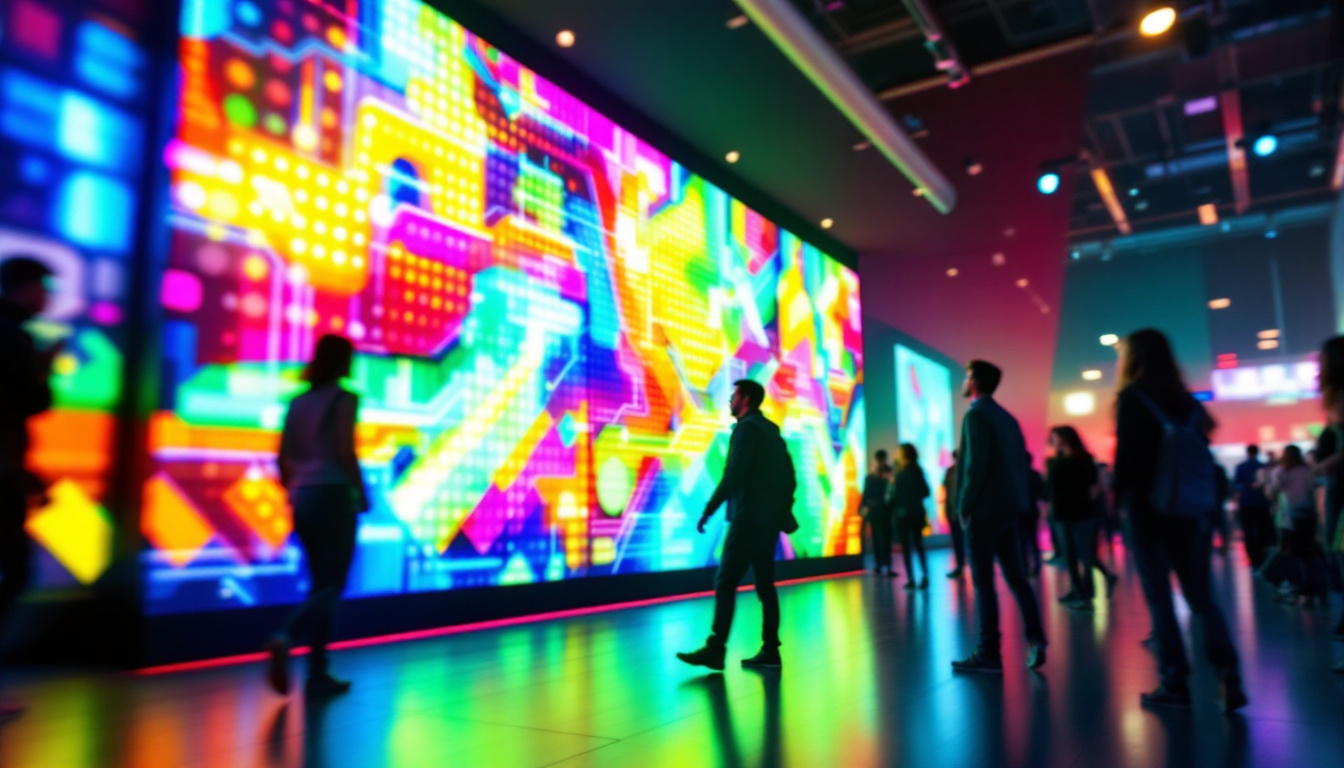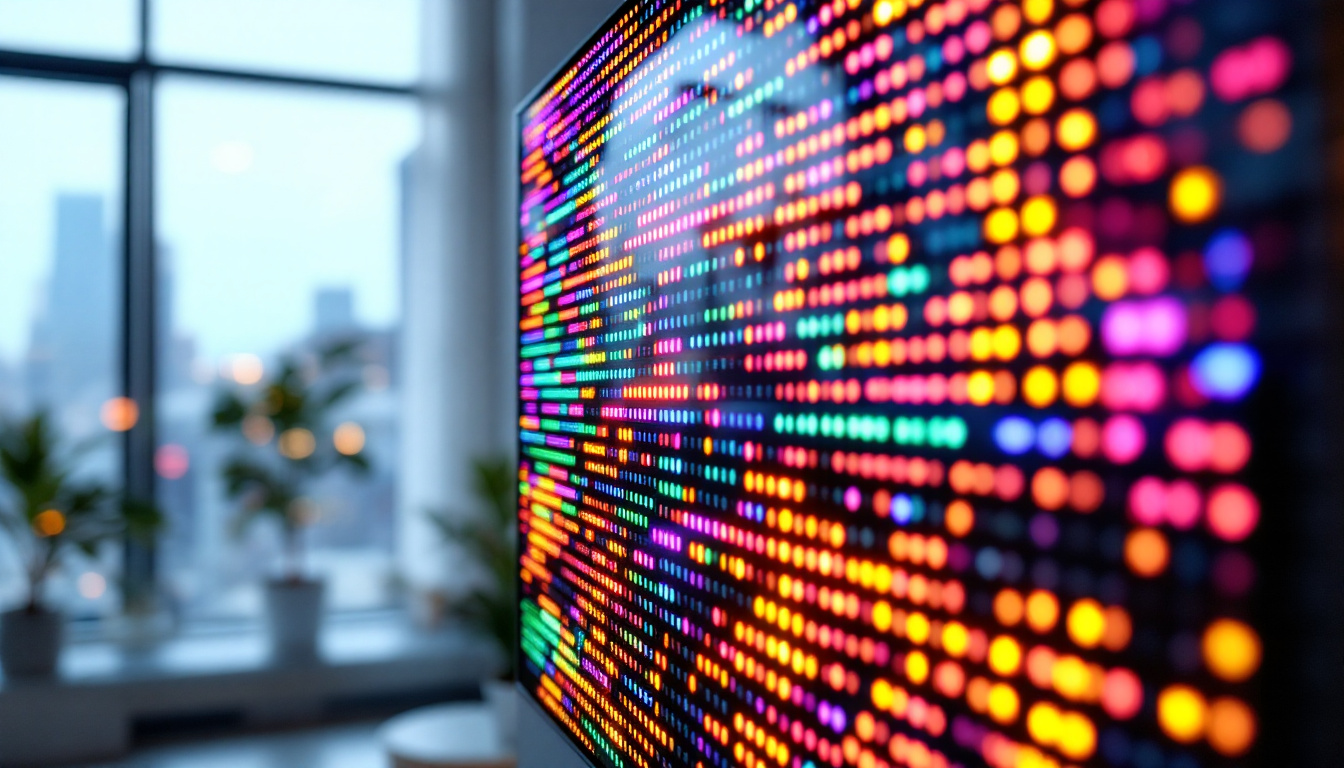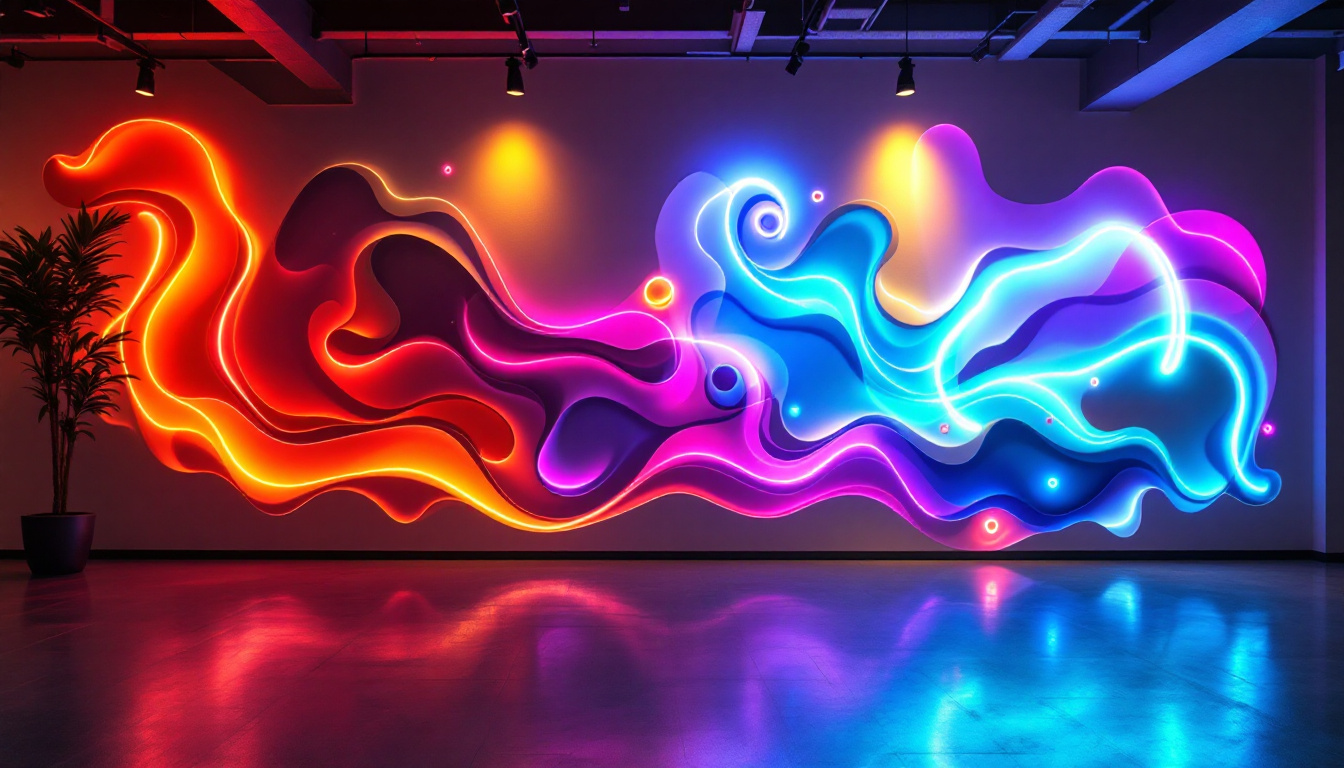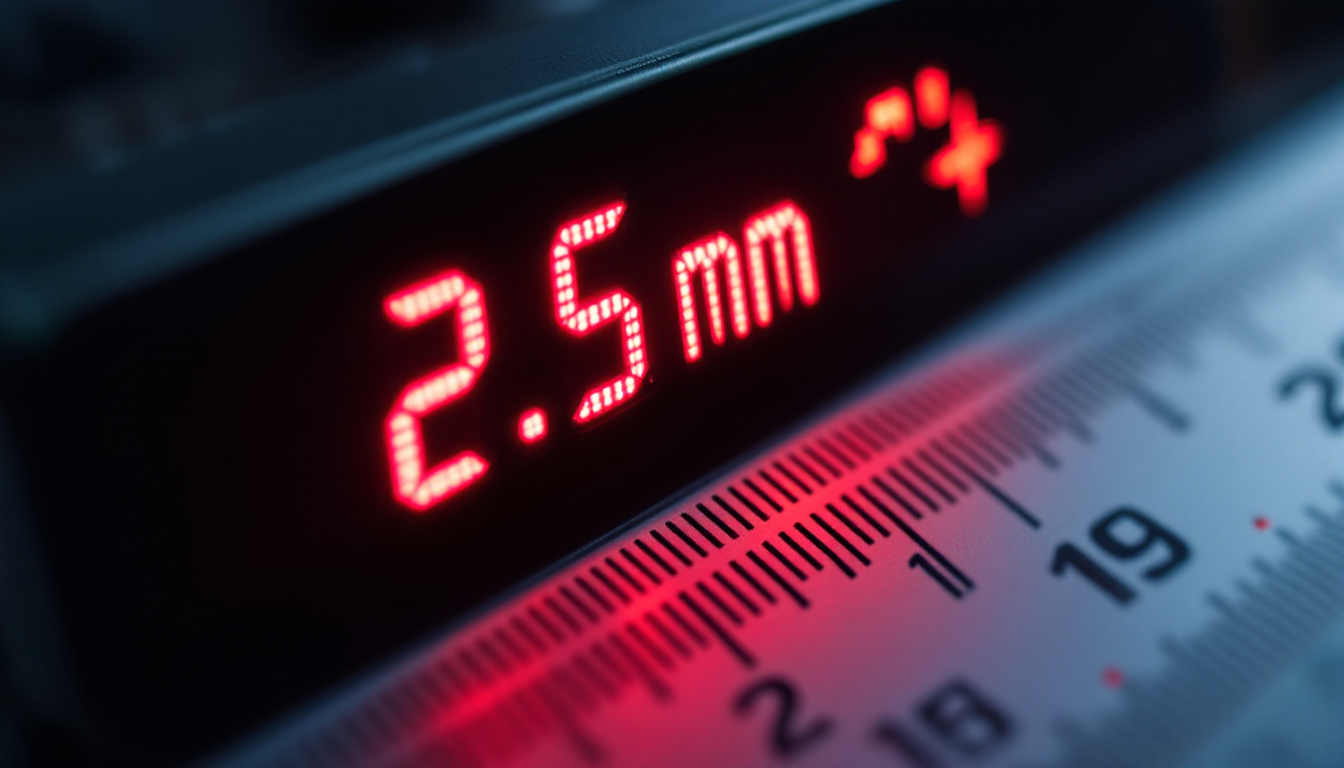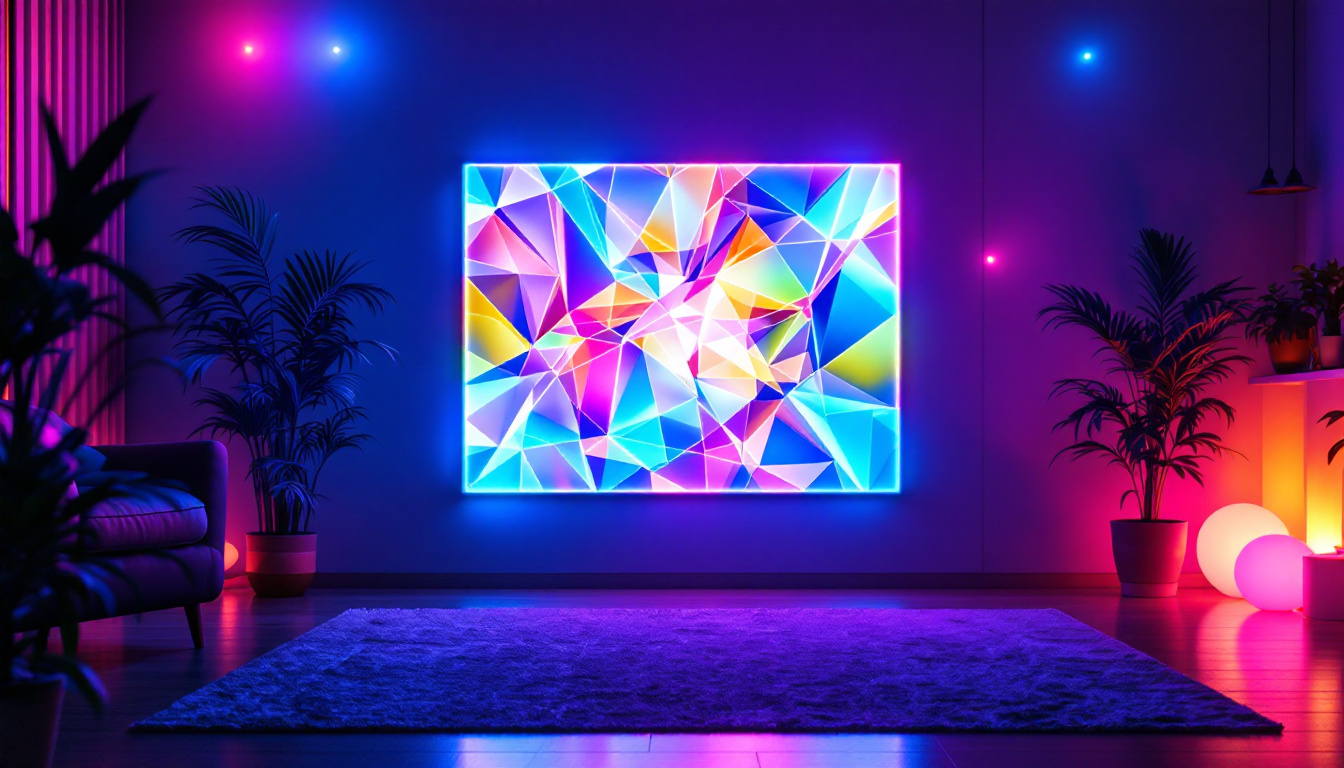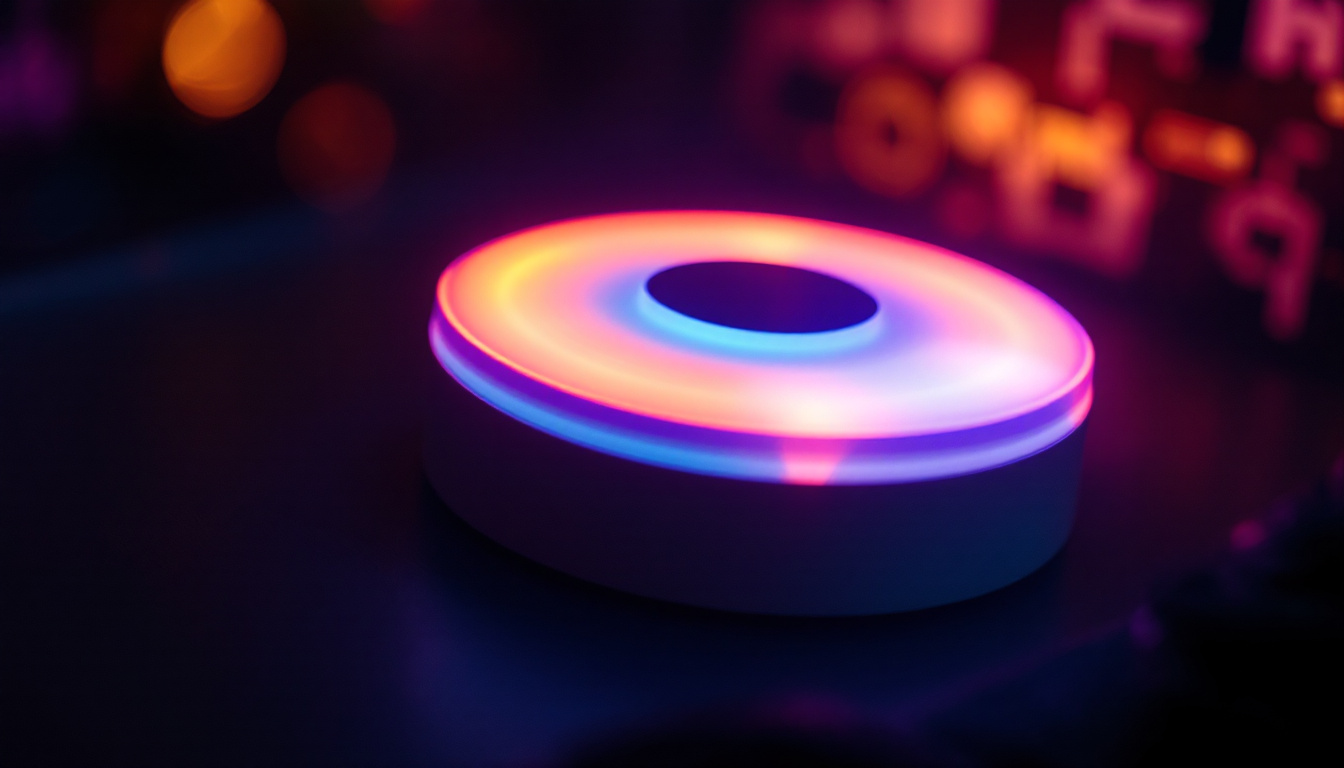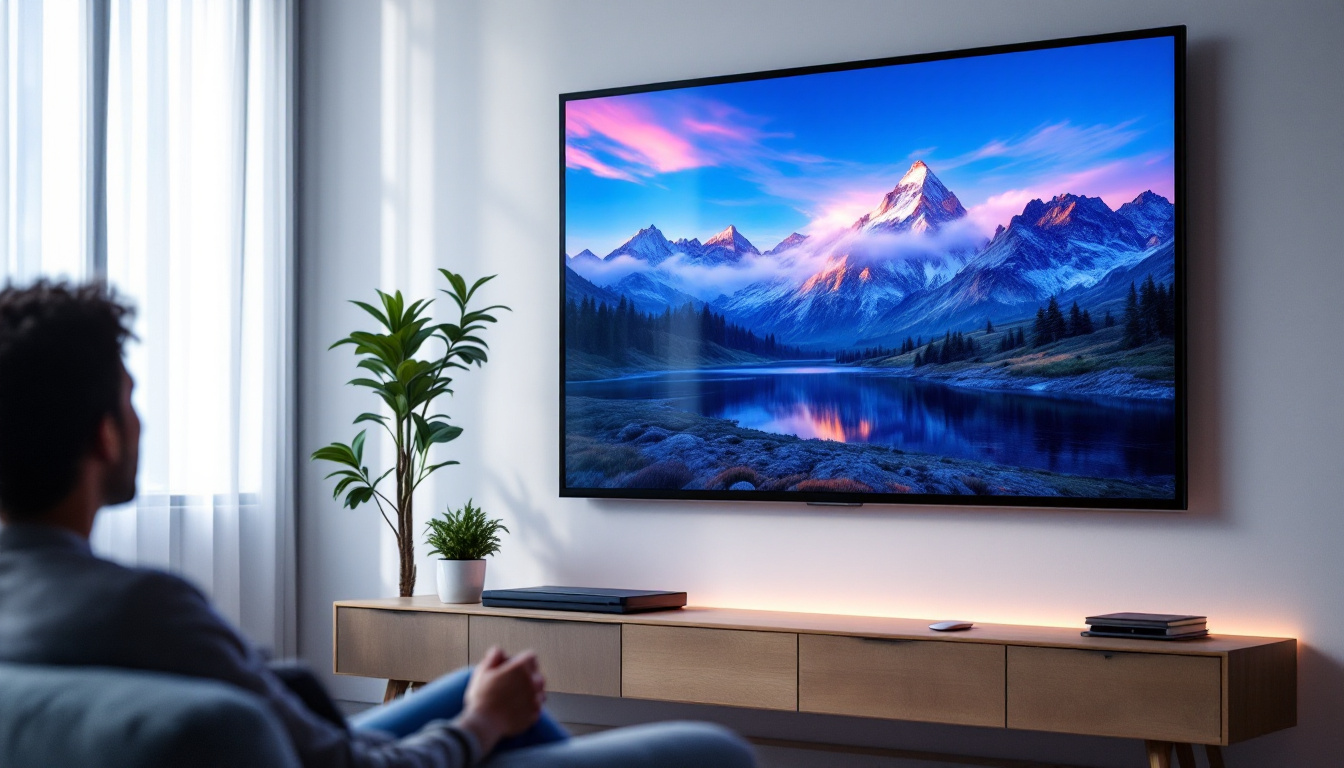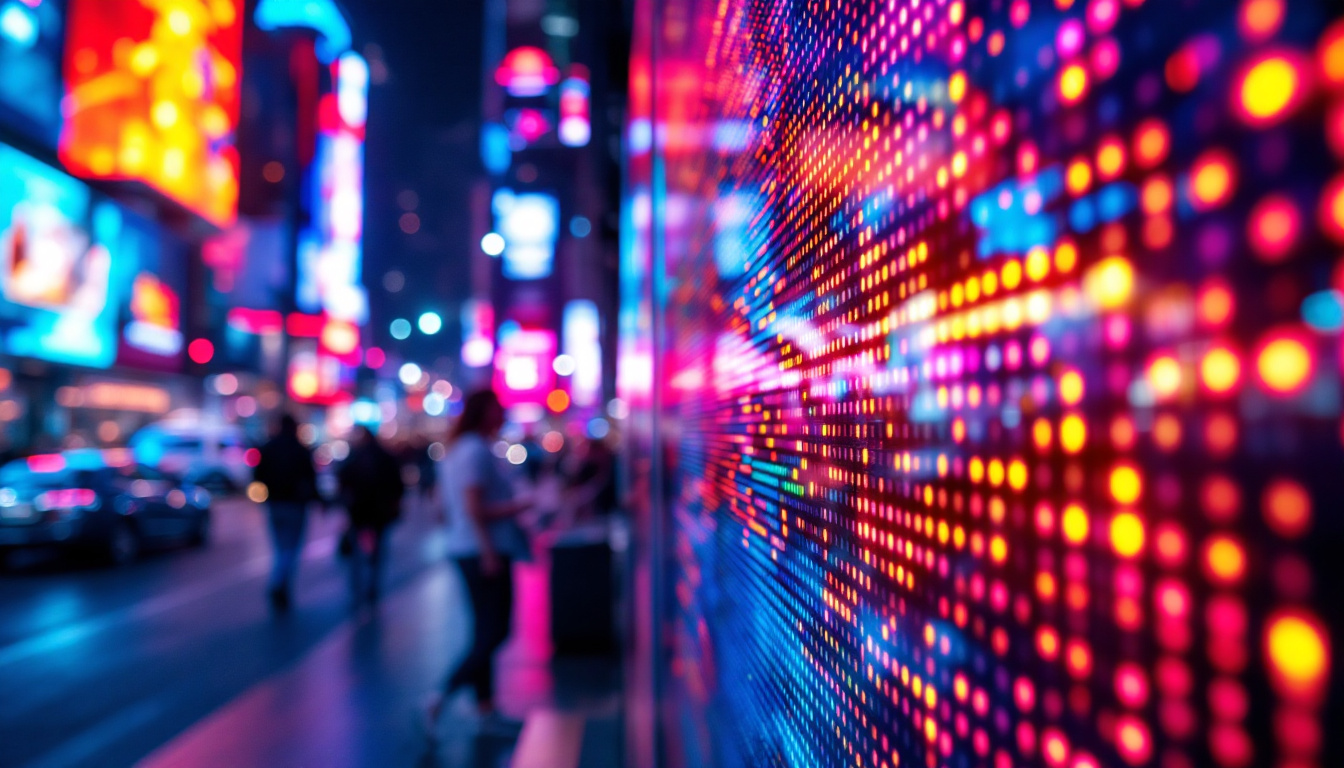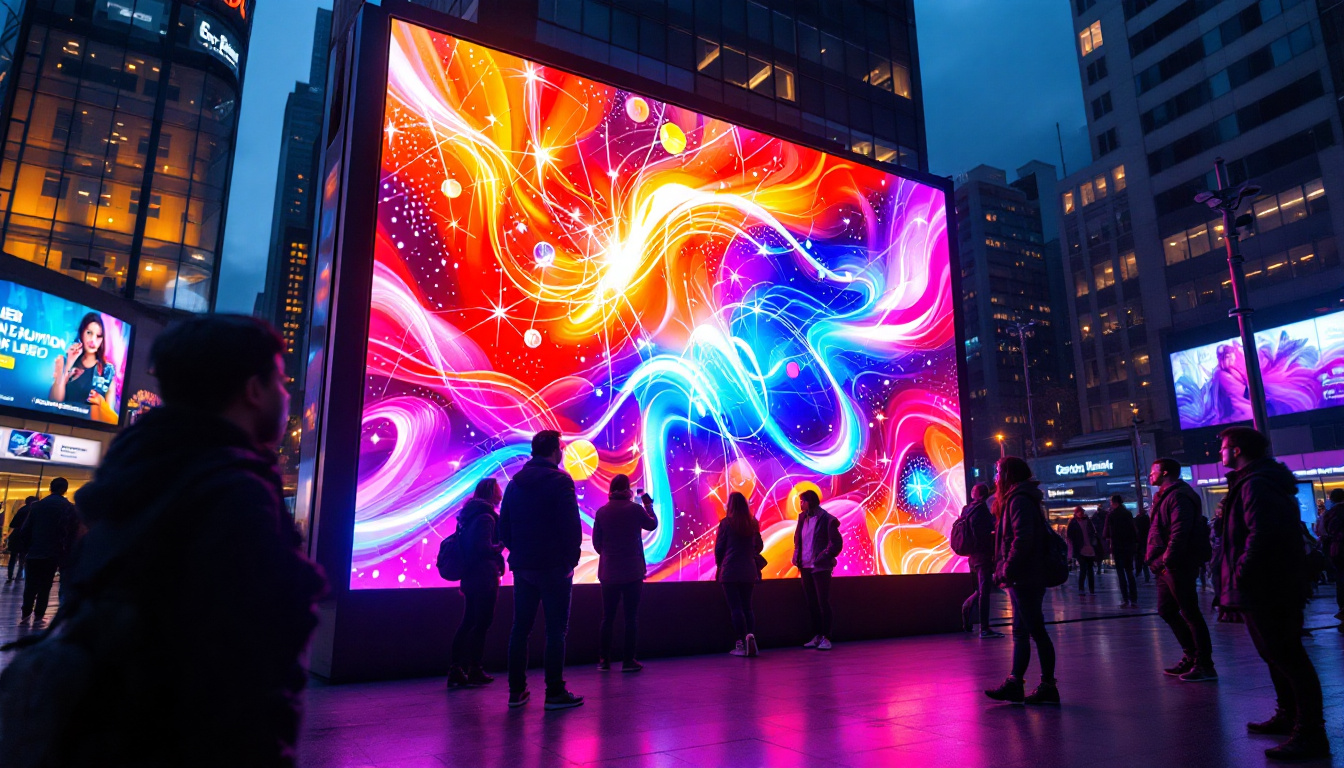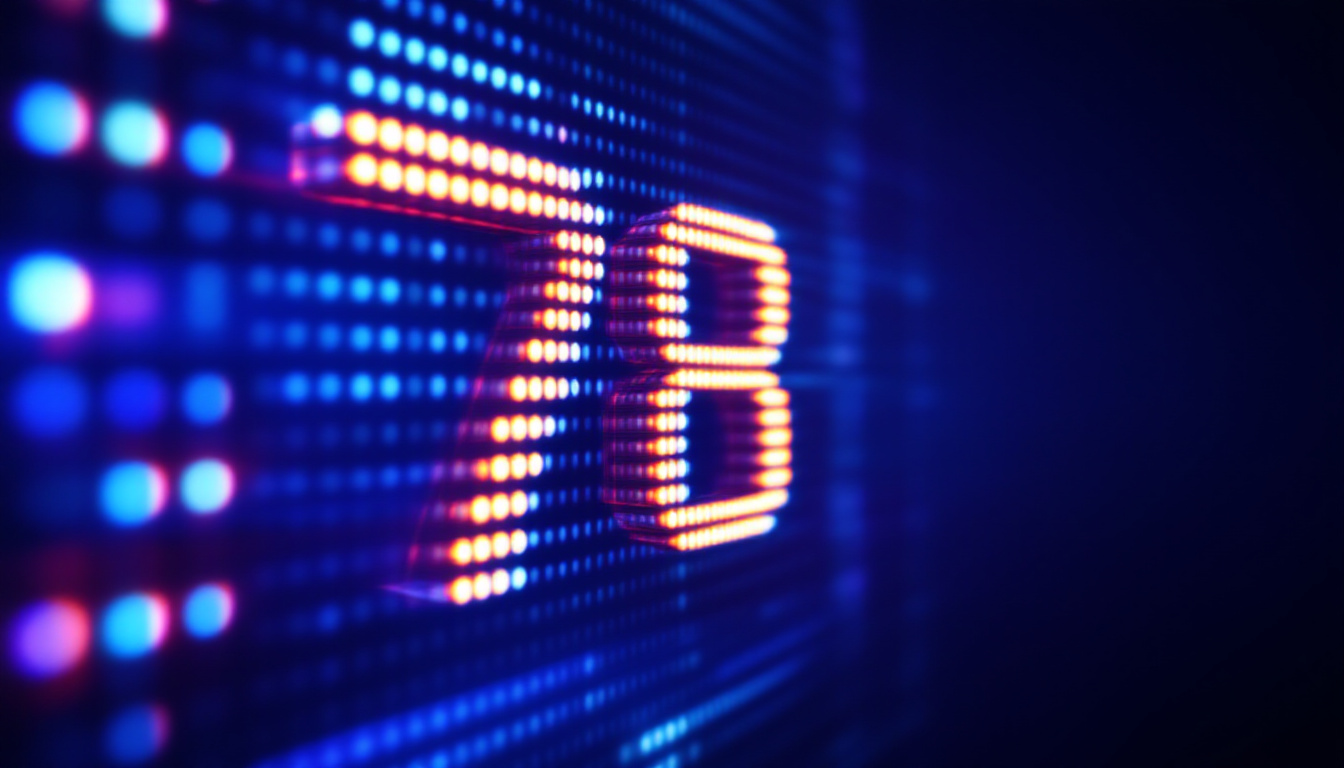In an increasingly digital world, the importance of accurate measurements and displays cannot be overstated. One common conversion that many people encounter is the transformation of weight from kilograms to pounds. In this article, we will explore the conversion of 90.3 kilograms into pounds, while also delving into the technology behind LED displays that often present such information. Understanding both the weight conversion and the technology behind the display can enhance our appreciation for the tools we use daily.
Understanding Weight Conversion
Weight is a fundamental measurement used in various fields, from cooking to science and fitness. The metric system, which includes kilograms, is widely used around the world, while the imperial system, which includes pounds, is primarily used in the United States. This difference can lead to confusion, especially when precise measurements are required. For instance, a recipe that calls for 500 grams of flour might leave an American cook puzzled if they are only familiar with cups and ounces. Understanding these conversions not only enhances cooking skills but also enriches cultural experiences when trying international cuisines.
The Conversion Formula
To convert kilograms to pounds, a simple formula is used: multiply the number of kilograms by 2.20462. For example, to convert 90.3 kilograms into pounds, the calculation would be:
90.3 kg × 2.20462 = 199.5 lbs
This means that 90.3 kilograms is approximately equal to 199.5 pounds. Such conversions are essential for various applications, including fitness tracking, nutritional information, and shipping logistics. In the fitness world, individuals often track their progress in both kilograms and pounds, making it vital to understand how to switch between these units seamlessly. This knowledge can empower individuals to set realistic goals and monitor their achievements accurately.
Why Convert Weights?
Understanding weight conversions is crucial for several reasons. In the health and fitness industry, personal trainers and nutritionists often need to communicate weight goals and dietary recommendations in both metric and imperial units. Additionally, in international shipping, accurate weight conversions ensure compliance with regulations and help avoid costly errors. For instance, shipping companies must calculate freight charges based on weight, and a miscalculation could lead to significant financial implications.
Moreover, for travelers and expatriates, knowing how to convert weights can make navigating foreign grocery stores and markets much easier, allowing for better meal planning and dietary choices. When living abroad, individuals may encounter unfamiliar products sold by weight, such as fruits and vegetables. Being able to convert these weights quickly can enhance the shopping experience and ensure that they purchase the right amounts for their recipes. Furthermore, understanding weight conversions can also aid in comparing nutritional information on food labels, which often vary between countries, helping individuals maintain a balanced diet regardless of their location.
The Role of LED Displays
LED (Light Emitting Diode) displays have become a ubiquitous part of modern technology. From digital clocks to large advertising billboards, these displays offer a bright, energy-efficient way to present information. Understanding how LED technology works can provide insight into its advantages and applications.
How LED Displays Work
LED displays function by using semiconductor materials that emit light when an electric current passes through them. This process is known as electroluminescence. The basic unit of an LED display is the pixel, which consists of red, green, and blue (RGB) diodes. By varying the intensity of these colors, a wide range of colors can be produced, allowing for vibrant and dynamic displays.
One of the key advantages of LED displays is their energy efficiency. Compared to traditional incandescent bulbs, LEDs consume significantly less power, making them an environmentally friendly choice. Additionally, they have a longer lifespan, which reduces the need for frequent replacements and maintenance. This longevity not only saves costs in the long run but also minimizes waste, contributing to a more sustainable approach to technology.
Applications of LED Displays
LED displays are utilized in various applications across different industries. In retail, they are commonly used for advertising and promotions, capturing the attention of potential customers with bright, moving images. In transportation, LED displays provide real-time information on schedules and directions, enhancing the passenger experience. These displays can be found in bus stations, airports, and train stations, where timely information is crucial for travelers.
In the realm of health and fitness, LED displays are often used in gym equipment to show weight, time, and other metrics. This is particularly relevant for those tracking their progress, as accurate and easy-to-read displays can motivate users to achieve their fitness goals. Furthermore, LED technology has also found its way into wearable fitness devices, providing users with instant feedback on their performance, heart rate, and calories burned, thereby creating a more engaging and interactive workout experience.
Moreover, LED displays are increasingly being integrated into smart home systems, allowing users to control lighting, security, and entertainment systems with ease. This integration not only enhances convenience but also contributes to energy savings by allowing for customizable settings based on user preferences. As technology continues to evolve, the versatility of LED displays will likely lead to even more innovative applications, further embedding them into our daily lives.
Benefits of Using LED Displays for Weight Measurements
When it comes to displaying weight measurements, LED technology offers several benefits that enhance user experience and accuracy. From clarity to accessibility, these advantages make LED displays a preferred choice in various settings.
Clarity and Readability
One of the most significant benefits of LED displays is their clarity. The bright light emitted by LEDs ensures that information is easily readable, even in low-light conditions. This is particularly important in environments such as gyms or outdoor markets, where lighting can vary significantly.
Furthermore, the use of large, bold fonts on LED displays allows for quick and easy interpretation of data. This is crucial for individuals who may need to make immediate decisions based on the displayed information, such as adjusting their weights during a workout.
Real-Time Updates
LED displays can provide real-time updates, which is essential in many applications. In fitness settings, for instance, users can see their weight or other metrics change instantly as they adjust their settings. This immediacy helps individuals stay engaged with their workouts and monitor their progress effectively.
In commercial settings, real-time updates can also be beneficial for inventory management, allowing businesses to adjust prices or promotions dynamically based on current stock levels or sales data.
Challenges and Considerations
While LED displays offer numerous advantages, there are also challenges and considerations that should be addressed. Understanding these factors can help users make informed decisions about their use in various applications.
Cost and Investment
One of the primary challenges associated with LED displays is their initial cost. High-quality LED screens can be expensive, which may deter some businesses or individuals from investing in this technology. However, it is essential to consider the long-term benefits, such as energy savings and reduced maintenance costs, which can offset the initial investment over time.
Additionally, advancements in technology are continually driving down the costs of LED displays, making them more accessible to a broader audience. As the market grows, more affordable options are becoming available, allowing smaller businesses and individuals to take advantage of this technology.
Maintenance and Durability
While LED displays are generally more durable than traditional displays, they are not immune to damage. Environmental factors, such as exposure to moisture or extreme temperatures, can affect their performance. Regular maintenance is necessary to ensure that LED displays function optimally over their lifespan.
Users should also consider the placement of LED displays to minimize potential damage. For example, outdoor displays should be designed to withstand weather conditions, while indoor displays should be protected from physical impacts.
Future Trends in LED Display Technology
The future of LED display technology is promising, with ongoing advancements that are likely to enhance their functionality and applications. As technology evolves, new trends are emerging that could reshape how LED displays are used in various industries.
Smart LED Displays
One of the most exciting trends in LED technology is the rise of smart displays. These displays can connect to the internet, allowing for remote monitoring and management. This capability can be particularly beneficial for businesses that want to update their advertising content without being physically present at the location.
Smart LED displays can also integrate with other technologies, such as sensors and data analytics, to provide more personalized and relevant information to users. For example, a gym could use smart displays to show workout statistics based on individual user profiles, enhancing the overall experience.
Flexible and Transparent Displays
Another emerging trend is the development of flexible and transparent LED displays. These innovative designs open up new possibilities for applications, such as incorporating displays into windows or other surfaces without obstructing views. This technology could revolutionize advertising and information dissemination in urban environments.
Flexible displays also allow for creative designs that can adapt to various shapes and sizes, making them suitable for a wide range of applications, from art installations to product showcases.
Conclusion
The conversion of 90.3 kilograms to pounds highlights the importance of understanding weight measurements in both metric and imperial systems. With 90.3 kg equating to approximately 199.5 lbs, this knowledge is essential for various applications, from health and fitness to shipping and logistics.
Moreover, the technology behind LED displays plays a crucial role in how this information is presented. The clarity, energy efficiency, and real-time capabilities of LED displays make them an invaluable tool in modern society. While challenges such as cost and maintenance exist, the benefits often outweigh these concerns, especially with the ongoing advancements in technology.
As the future unfolds, trends such as smart displays and flexible technologies promise to enhance the functionality and versatility of LED displays even further. Understanding both weight conversions and the technology behind displays can empower individuals and businesses alike, facilitating better communication and decision-making in an increasingly digital world.
Discover LumenMatrix LED Display Solutions
As you’ve learned about the precision of weight conversions and the advanced technology behind LED displays, why not experience the best of both worlds with LumenMatrix? Our innovative LED display modules are designed to bring your visual communication to life, whether it’s showcasing weight measurements in a gym or advertising in a bustling cityscape. From Indoor and Outdoor LED Wall Displays to specialized solutions like Vehicle, Sports, and Floor LED Displays, LumenMatrix offers a wide range of products to meet your unique needs. Embrace the future of digital signage with our Custom, All-in-One, and Transparent LED Displays, and see how we’re revolutionizing the way messages are conveyed. Check out LumenMatrix LED Display Solutions today and transform your space into a dynamic visual experience.

